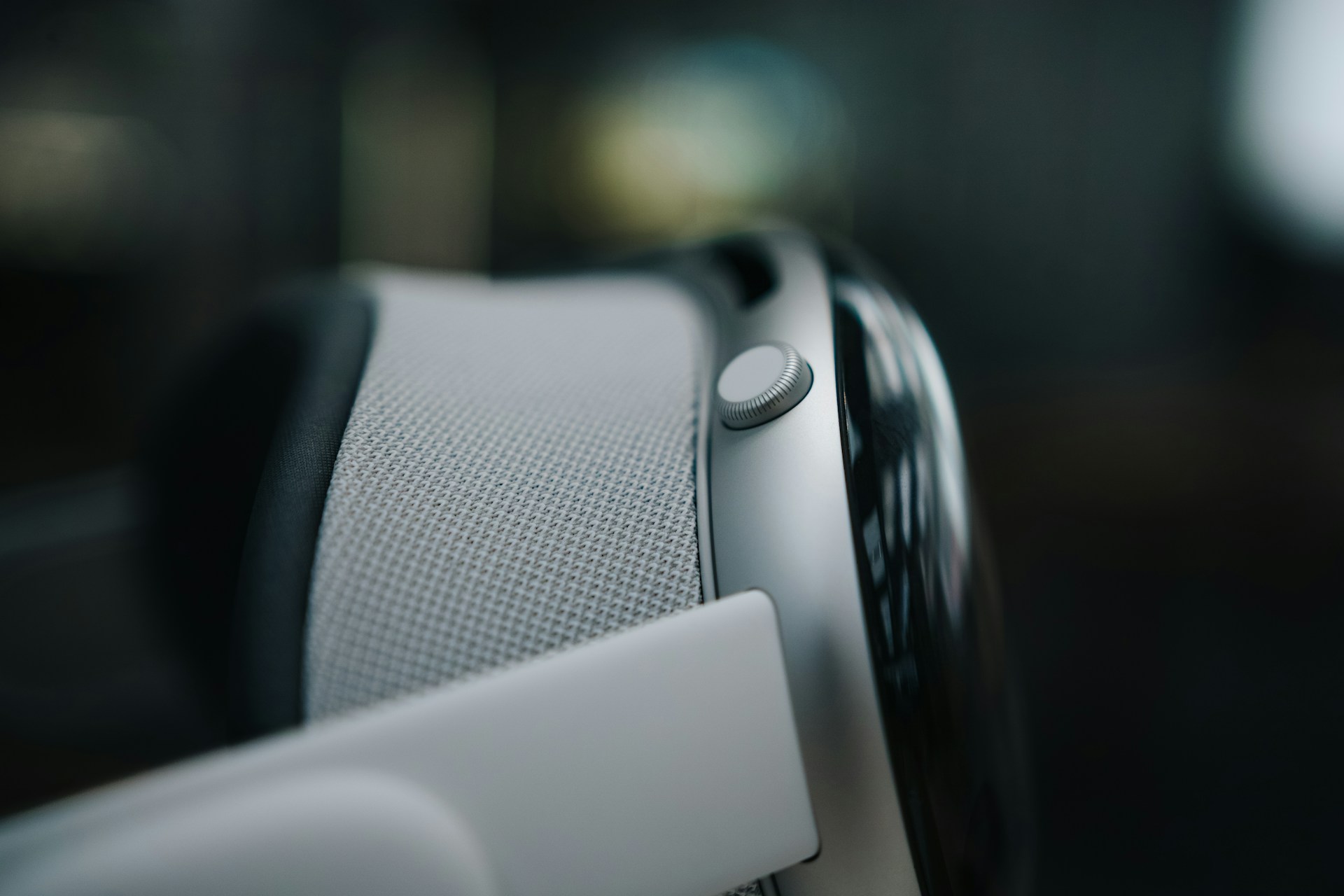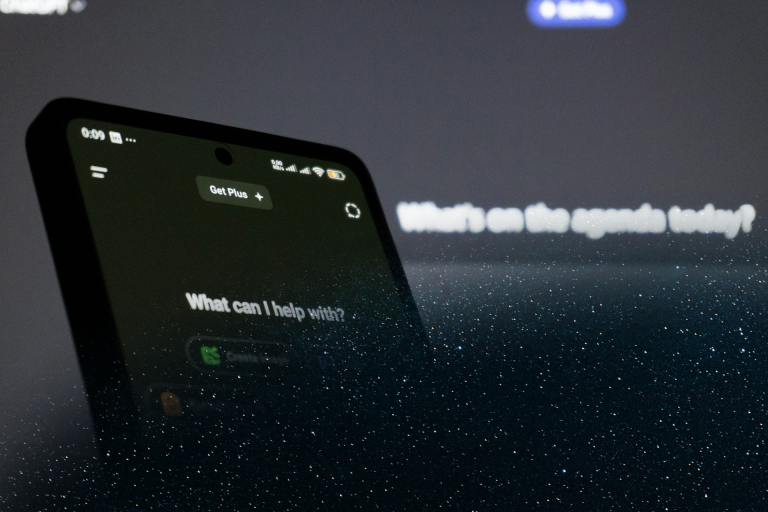Wearable technology has advanced rapidly in recent years, becoming an integral part of our daily lives. From fitness trackers to smartwatches and even medical devices, wearables are evolving into highly sophisticated gadgets that offer users unprecedented levels of convenience, health monitoring, and connectivity. This growth shows no signs of slowing down, as new innovations continue to push the boundaries of what wearables can achieve.
The future of wearable technology is not just about making devices smaller or faster—it’s about creating a seamless integration between technology and the human body. In this article, we’ll explore the cutting-edge innovations that are transforming the wearable tech industry, from advanced sensors to flexible PCBs and energy harvesting, offering a glimpse into the future of these remarkable devices.
Advanced Sensors for Enhanced Health Monitoring
One of the most exciting areas of innovation in wearable technology is the development of advanced sensors for health monitoring. Wearables have long been used to track basic metrics like heart rate, steps, and calories burned, but the next generation of wearables is set to go far beyond these functions.
In the future, wearables will be able to monitor a wider range of physiological data, providing users with real-time insights into their health. For example, new sensors are being developed that can monitor blood glucose levels without the need for invasive testing. This could be a game-changer for individuals with diabetes, allowing them to track their blood sugar levels continuously and adjust their diet or medication as needed.
Another area of advancement is in hydration monitoring. Wearables equipped with hydration sensors can analyze the body’s fluid levels and send alerts when a user needs to drink water, helping athletes and everyday users maintain optimal hydration. Additionally, sensors that measure stress levels through cortisol monitoring are being tested, allowing users to receive real-time feedback on their stress levels and take proactive measures to reduce stress, such as breathing exercises or meditation.
These innovations in sensor technology are making wearables more useful for preventive healthcare, giving individuals the ability to monitor their health more closely and make informed decisions based on real-time data. Wearable devices are quickly becoming indispensable tools for personalized healthcare, empowering users to take control of their wellness like never before.
Flexible and Stretchable Displays
As wearable devices evolve, one of the most significant areas of innovation has been in display technology. The traditional rigid displays used in smartphones and other devices don’t fit well with the design requirements of wearables, which need to be comfortable, lightweight, and adaptable to the user’s body. This has led to the development of flexible and stretchable displays, which can bend, twist, and stretch without breaking, making them ideal for wearables.
Flexible OLED and micro-LED displays are now being integrated into smartwatches, fitness bands, and even smart clothing. These displays are not only more durable than traditional screens, but they also offer superior image quality, with brighter colors, deeper blacks, and higher resolution. Wearable devices with flexible displays can be designed to fit more naturally around the wrist, ankle, or other body parts, making them more comfortable to wear for extended periods.
Stretchable displays are taking this innovation a step further. Unlike flexible displays that bend in one direction, stretchable displays can expand and contract, making them perfect for wearables that need to move with the body. For example, researchers are developing smart clothing embedded with stretchable displays that can provide real-time health data directly on the fabric, offering a seamless experience where users don’t even need to glance at a separate device.
These advancements in display technology are making wearables more ergonomic and aesthetically pleasing, enhancing both the functionality and user experience of the devices.
Innovations in PCB Design for Wearable Technology
At the core of every wearable device is the Printed Circuit Board (PCB), the hardware that connects and powers all the components. As wearables continue to shrink in size and increase in functionality, PCBs need to keep pace with these demands. Innovations in PCB design services have become crucial for the development of more efficient, compact, and durable wearables.
One of the key innovations in this area is the development of flexible and stretchable PCBs. Traditional PCBs are rigid, which limits their application in wearables. Flexible PCBs, however, can bend and conform to the shape of the device, making them perfect for wearables that need to be lightweight and adaptable. Flexible circuit board manufacturers play a vital role in producing these advanced boards, which are made from flexible materials such as polyimide that can withstand bending and twisting without breaking, ensuring the device remains functional even under physical stress.
Stretchable PCBs take this flexibility further by allowing the circuits to stretch and contract, much like the stretchable displays mentioned earlier. This technology enables the creation of wearables that can be integrated into clothing or other materials that need to move with the body. Imagine a fitness tracker that is embedded directly into your clothing, capable of monitoring your heart rate, steps, and even muscle activity, all while being invisible to the naked eye. Stretchable PCBs make this vision a reality.
Another major advancement in PCB design for wearables is the focus on low-power PCBs. Wearable devices need to operate for long periods without frequent recharging, making power efficiency a top priority. Innovations in PCB layout and component selection are helping to reduce the energy consumption of wearables, allowing them to run longer on smaller batteries. Efficient power routing and the integration of power management circuits into the PCB are essential for minimizing energy waste and extending battery life.
These innovations in PCB design are critical for the future of wearable technology, enabling more compact, efficient, and durable devices that can meet the growing demands of users.
Wearable AI and Machine Learning
Artificial intelligence (AI) and machine learning (ML) are revolutionizing wearable technology by enabling devices to become smarter and more intuitive. Wearables are no longer just passive data collectors—they can now analyze the data they collect in real-time and provide personalized insights and recommendations.
For instance, fitness trackers equipped with AI can learn a user’s habits over time and offer customized workout plans based on their fitness goals and daily activity levels. AI-driven wearables can also monitor changes in the user’s health and alert them to potential issues before they become serious. For example, a smartwatch could detect irregularities in heart rate patterns and prompt the user to seek medical attention before the onset of a major health event.
Machine learning algorithms are also being used to improve the accuracy of health data collected by wearables. For example, wearables equipped with ML can differentiate between various types of movements, allowing for more precise tracking of activities like running, cycling, or swimming. This improves the overall user experience, as wearables become better at understanding and responding to the user’s unique needs.
AI and machine learning are transforming wearables into intelligent devices that not only track data but also make sense of it, offering personalized, real-time guidance to users.
Energy Harvesting for Sustainable Wearable Devices
One of the biggest challenges in wearable technology is battery life. Users want devices that can last for days or even weeks without needing to be recharged. This has led to significant innovations in energy harvesting technologies, which aim to power wearables through alternative means, reducing reliance on traditional batteries.
Solar energy harvesting is one such innovation. Solar cells integrated into wearables can capture sunlight and convert it into electrical energy, providing a sustainable and continuous power source. While solar energy has been used in larger devices like smartphones, its application in wearables is still in the early stages. However, as solar cell technology becomes more efficient, we can expect to see more wearables that incorporate solar energy harvesting.
Another exciting development is motion energy harvesting, which captures the kinetic energy generated by the user’s movements and converts it into power. Wearables equipped with this technology can recharge themselves simply by being worn, making them ideal for fitness trackers or smartwatches that are used during physical activities. Motion energy harvesting offers a sustainable solution for powering wearables without the need for external charging.
These energy harvesting innovations have the potential to revolutionize the way wearables are powered, making them more sustainable and less dependent on traditional charging methods.
Integrating Augmented Reality (AR) into Wearables
Augmented Reality (AR) is rapidly becoming a key feature in the next generation of wearable technology. By overlaying digital information onto the physical world, AR enhances the user experience, making wearables more interactive and immersive.
Smart glasses are at the forefront of AR wearables. These devices can project digital information directly into the user’s field of vision, allowing them to access data, instructions, or notifications without needing to look at a separate screen. AR smart glasses are being used in various industries, from healthcare to manufacturing, providing hands-free access to critical information in real time.
For example, surgeons can use AR smart glasses to view patient data or medical imaging during a procedure, enhancing precision and efficiency. Similarly, workers in industrial settings can use AR wearables to access maintenance instructions or equipment diagnostics while keeping their hands free to perform tasks.
As AR technology continues to evolve, we can expect wearables to become even more integrated into our daily lives, blending the digital and physical worlds in ways we’ve never seen before.
Conclusion
The future of wearable technology is incredibly promising, driven by innovations that are transforming the way we interact with these devices. From advanced sensors that offer real-time health monitoring to flexible PCBs that make wearables more compact and durable, these cutting-edge advancements are pushing the boundaries of what wearables can achieve.
Energy harvesting technologies are providing sustainable solutions to power wearables, while AI and machine learning are making these devices smarter and more personalized. Meanwhile, augmented reality is enhancing the user experience by integrating digital information into the physical world.
As wearable technology continues to evolve, these innovations will play a crucial role in shaping the future of the industry, making wearables more functional, reliable, and seamlessly integrated into our daily lives.







